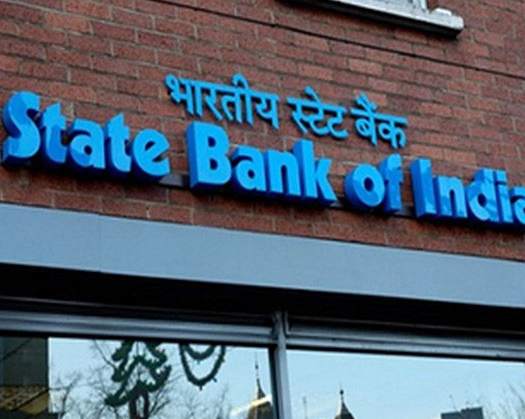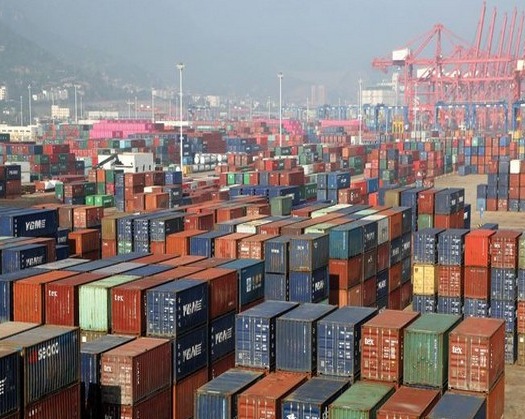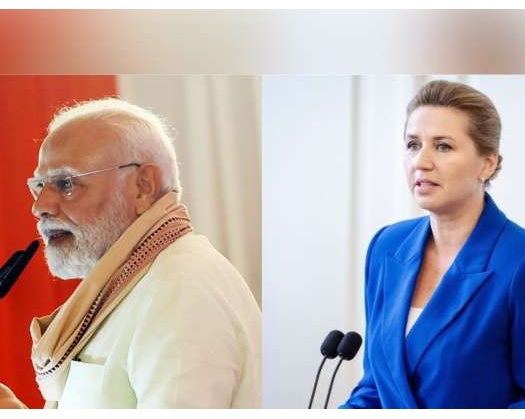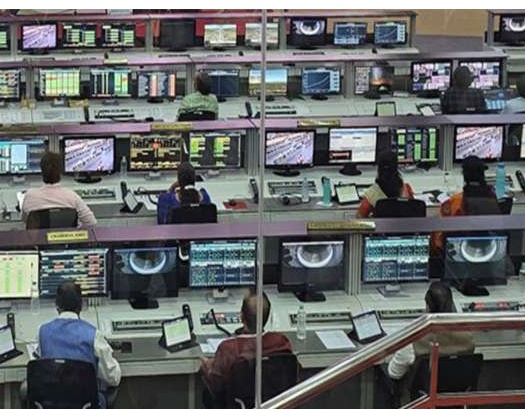New Delhi: According to an SBI research report, the new tariffs imposed by the United States are expected to have a substantial influence on American homes, with average expenses likely to climb by around $2,400 in the short term due to inflation caused by these tariffs.
However, according to the study, the load of these higher household expenditures will not be distributed fairly. Low-income households in the United States may suffer losses of about $1,300, which is nearly three times the relative burden experienced by richer families.
On the other hand, high-income households may lose up to USD 5,000, but the overall impact on their financial stability would be minimal.
It claimed that US tariffs are expected to cost the average US household around USD 2,400 in the near term.
The paper also suggested that the renewed trade dispute is more likely to harm the United States economy than India's. This is due to the fact that the United States now suffers a weaker currency, higher inflation, and the possibility for increased pricing pressure as a result of the tariffs.
According to projections, the present trading circumstances would harm the American economy, which has a decreased GDP growth forecast and rising inflation.
Tariffs are predicted to raise prices, particularly in industries that rely substantially on imports, such as electronics, automobiles, and consumer durables.
According to the study, inflation in the United States is already showing indications of increasing, and the passthrough effects of these tariffs are predicted to keep inflation above the United States Federal Reserve's 2 percent goal through 2026.
According to the study, these tariff-related stresses will not only raise family costs, but may also have an impact on the overall US economy. Inflation is predicted to reduce US GDP by approximately 40 to 50 basis points due to increased input costs and decreased consumer demand.
Meanwhile, the economic effect on India is projected to be somewhat less significant. Although the US is India's major export market, accounting for over 20% of exports in fiscal year 25, India has diversified its trade portfolio.
The top ten nations, including the United States, account for around 53% of India's total exports. This varied foundation is projected to serve as a buffer, reducing the detrimental influence on India's overall export performance.
According to the SBI study, while both economies will suffer obstacles, the inflationary and growth consequences are expected to be greater for the United States than for India.









